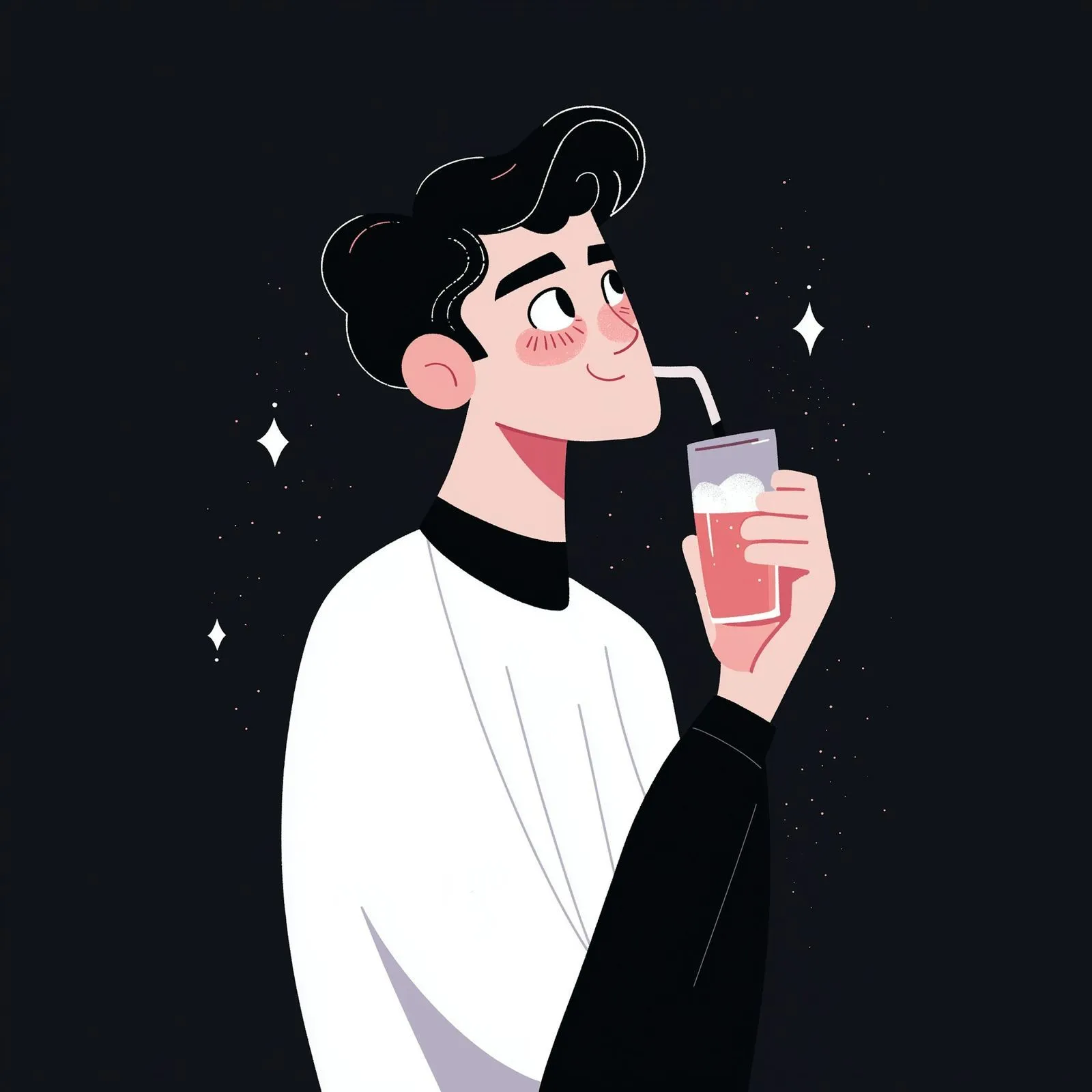Leonardo AI vs Stable Diffusion: The Ultimate Showdown of AI Image Generators

The world of digital art and creative expression has been irrevocably transformed by the advent of artificial intelligence. AI image generators, once a niche technology, have exploded into the mainstream, empowering artists, designers, and hobbyists to bring their wildest imaginations to life with just a few lines of text. At the forefront of this revolution are two powerful contenders: Leonardo AI and Stable Diffusion. While both platforms can produce breathtaking visuals, they cater to different needs and workflows. This comprehensive guide will delve into a detailed Leonardo AI vs Stable Diffusion comparison, exploring their features, performance, pricing, and unique strengths to help you decide which tool is the perfect fit for your creative journey.
What is Leonardo AI? A Universe of Creativity at Your Fingertips
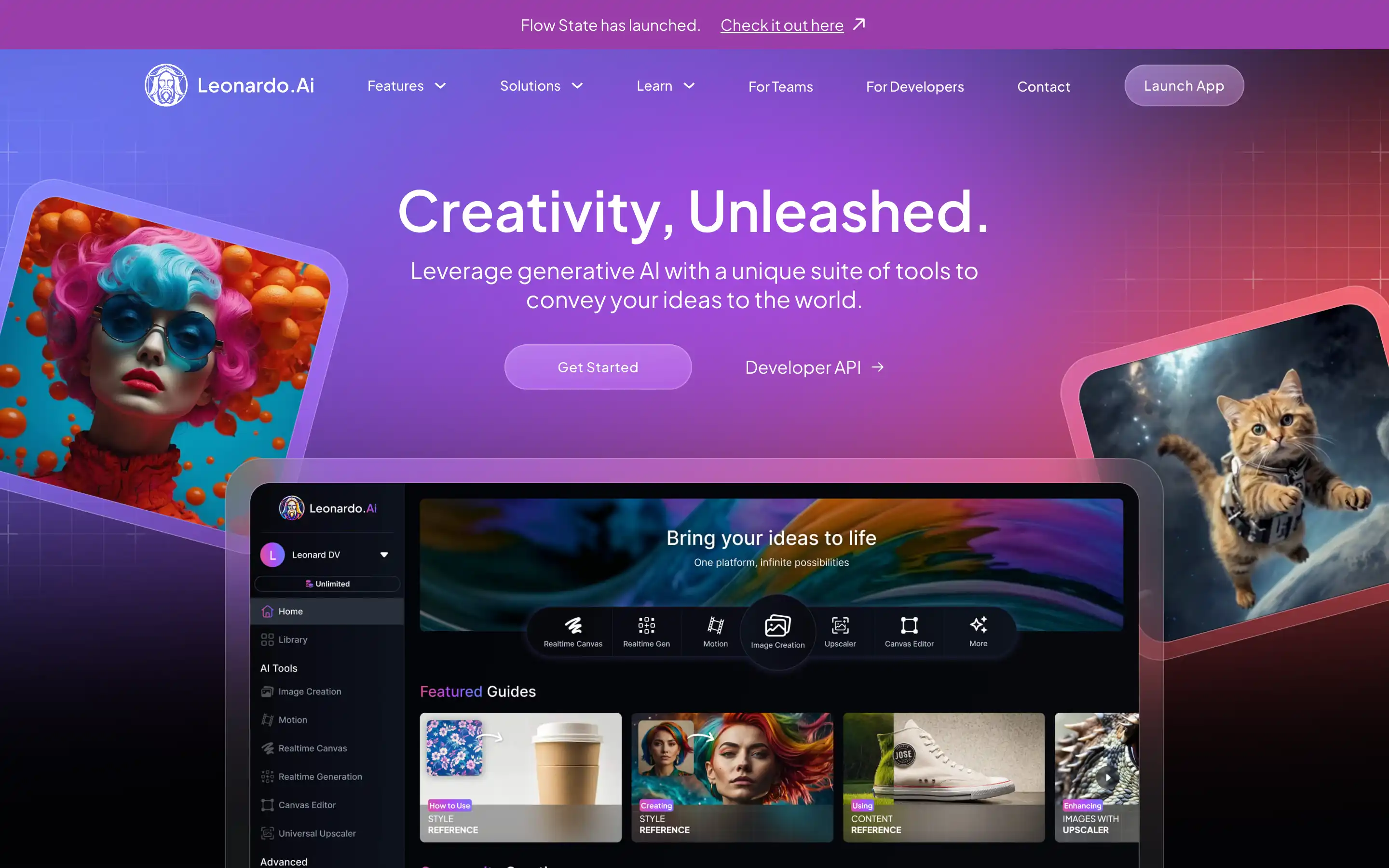
Leonardo AI has rapidly emerged as a fan-favorite in the AI art community, and for good reason. It presents itself as a holistic, user-friendly ecosystem for creative content production. At its core, Leonardo AI is a web-based platform that leverages the power of various generative models, including its own fine-tuned versions of Stable Diffusion, to provide a seamless and intuitive experience. It is designed to lower the barrier to entry for AI art creation, making it accessible to everyone from complete beginners to seasoned professionals.
The platform's standout feature is its polished and intuitive user interface, which abstracts away much of the technical complexity associated with AI image generation. Users are greeted with a clean dashboard where they can easily access a suite of powerful tools, including a real-time prompt editor, a vast library of community-trained models, and the innovative Canvas Editor for inpainting and outpainting. Leonardo AI is not just an image generator; it's a complete creative suite, offering tools like an AI Video Generator and a Transparent PNG Generator, making it a one-stop-shop for many creative projects. For those who value speed, ease of use, and a rich set of integrated features, Leonardo AI is an incredibly compelling option.
What is Stable Diffusion? The Open-Source Powerhouse for Unmatched Control
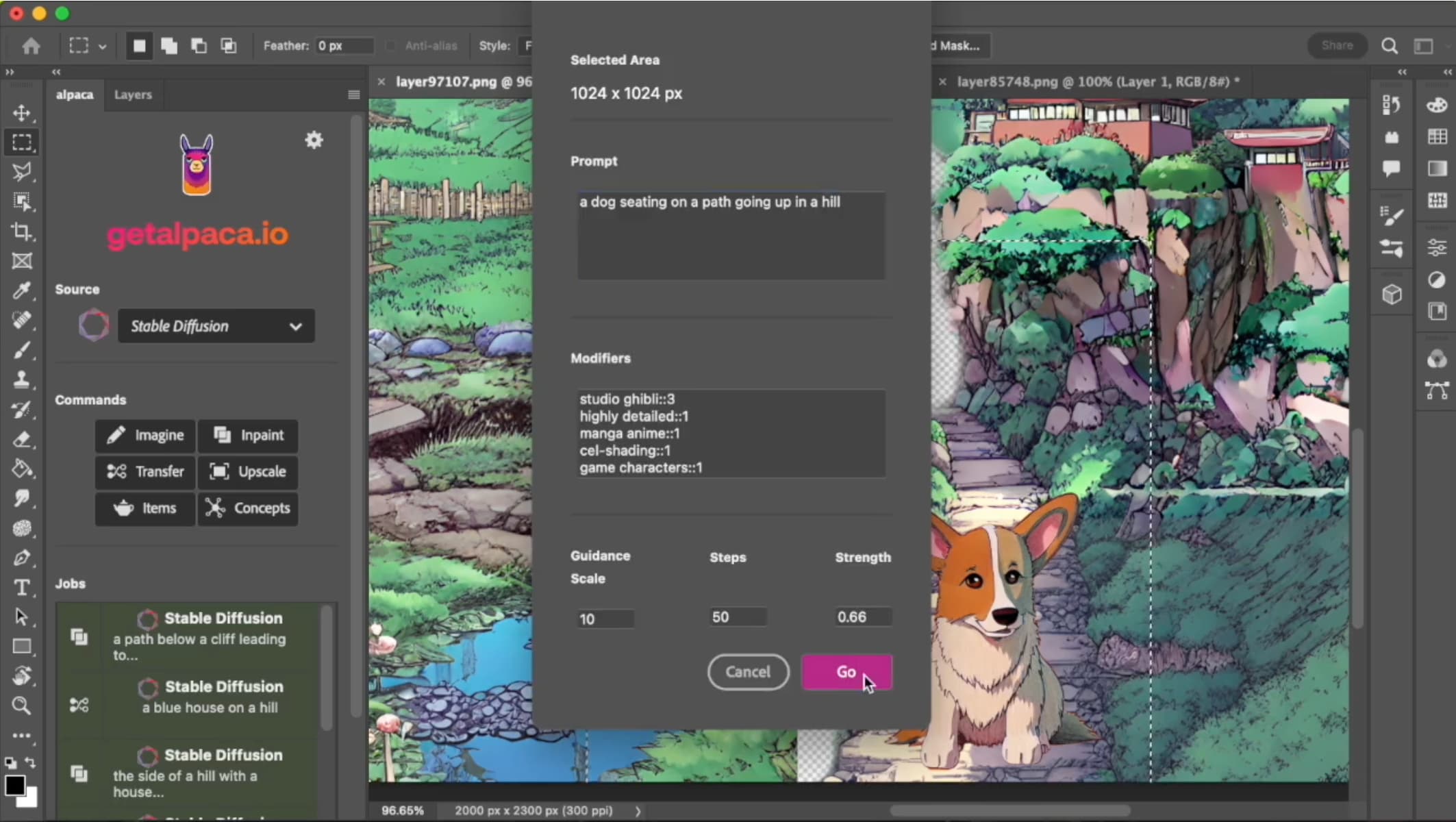
Stable Diffusion, developed by Stability AI, is not just a tool but a foundational technology that has democratized AI image generation. Released in 2022, it is a deep learning, text-to-image model whose code and weights were made publicly available. This open-source nature is its defining characteristic and its greatest strength. Unlike closed, proprietary systems, Stable Diffusion can be downloaded, modified, and run on local consumer hardware, provided you have a capable GPU.
This open accessibility has fostered a massive and vibrant community of developers and artists who constantly create new models, extensions, and user interfaces. The most popular of these is the Stable Diffusion Web UI (like AUTOMATIC1111), which provides a comprehensive interface for interacting with the model. The true power of Stable Diffusion lies in its unparalleled customizability. Users have granular control over every aspect of the generation process, from sampling methods and CFG scale to training their own custom models on specific datasets. This makes it the go-to choice for technical users, developers, and anyone who wants to push the boundaries of what's possible with AI art, free from the constraints of a web-based service.
Feature-by-Feature Comparison: Leonardo AI vs Stable Diffusion
To truly understand which platform is right for you, let's break down their capabilities across several key areas.
Image Quality and Realism

Both Leonardo AI and Stable Diffusion are capable of producing stunning, high-quality images. Since Leonardo AI is built upon Stable Diffusion models, their foundational quality is similar. However, the distinction lies in the curation and specialization of the models.
Leonardo AI excels at delivering consistently high-quality results out-of-the-box, thanks to its proprietary models like Phoenix and a curated library of fine-tuned community models. These models are often optimized for specific styles, such as photorealism, anime, or fantasy art, making it easier for users to achieve a desired aesthetic without extensive prompt engineering. The platform's 'Alchemy' feature further enhances image quality, adding incredible detail and coherence.
Stable Diffusion, on the other hand, offers a wider spectrum of quality that is directly dependent on the user's choice of model and settings. While the base models are powerful, the best results often come from using custom models downloaded from communities like Civitai. This gives users the freedom to find the perfect model for any niche style, but it also requires more effort in searching and testing. For users willing to put in the work, Stable Diffusion can achieve a level of realism and artistic specificity that is hard to match.
Ease of Use and User Interface
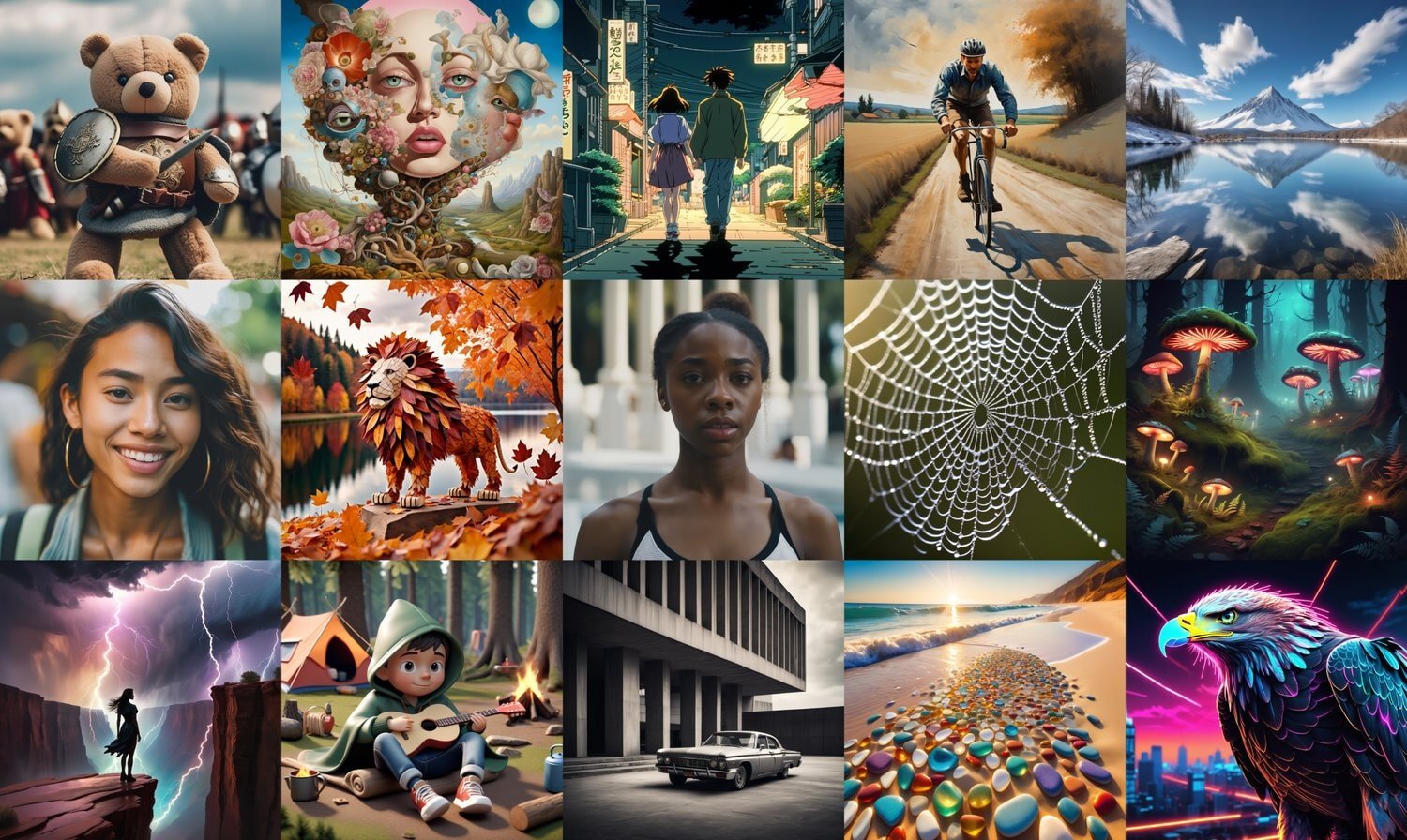
This is where the two platforms diverge most significantly.
Leonardo AI is the clear winner in terms of user-friendliness. Its web-based interface is slick, modern, and intuitive. Everything is clearly laid out, from selecting a model and entering a prompt to accessing advanced features like the Canvas Editor. This makes it incredibly welcoming for beginners who might be intimidated by the technical jargon of AI art. The entire experience is designed to be as seamless as possible, allowing users to focus on creativity rather than configuration.
Stable Diffusion has a much steeper learning curve. It does not have an official, native user interface. Instead, users typically rely on third-party UIs like the aforementioned AUTOMATIC1111 or ComfyUI. While these interfaces are incredibly powerful, they can be overwhelming for newcomers, presenting a dense array of settings and options. The initial setup process, which involves installing Python, Git, and various dependencies, can also be a significant hurdle for non-technical users.
Customization and Control
Here, the roles are reversed, with Stable Diffusion offering a level of control that Leonardo AI cannot match.
Stable Diffusion provides ultimate control. Users can tweak every conceivable parameter of the generation process. They can install an endless variety of extensions for features like ControlNet, dynamic prompting, and animation. Most importantly, they have the ability to train or fine-tune their own models on their own datasets, giving them complete creative ownership. This is a game-changer for artists and businesses looking to develop a unique and consistent visual style.
Leonardo AI, while more constrained, still offers a respectable level of customization. Its ControlNet suite allows for intricate adjustments based on input images, and users can train their own models on the platform. However, this is all done within the confines of Leonardo's ecosystem. You are limited to the features and models they provide, and you don't have the same freedom to modify the underlying software or integrate community-developed extensions.
Speed and Performance
Performance is a tale of two environments: cloud versus local.
Leonardo AI offers consistently fast generation speeds. Since all processing is done on their powerful cloud servers, users can generate images in as little as 10-20 seconds, regardless of their own computer's hardware. The 'Lightning XL' model is particularly known for its rapid generation times. This makes for a smooth and responsive creative workflow.
Stable Diffusion's performance is entirely dependent on the user's local hardware, specifically the GPU. A high-end graphics card can generate images in seconds, rivaling or even surpassing cloud services. However, on older or less powerful hardware, generation times can stretch to several minutes per image. The advantage is that once you've invested in the hardware, you can generate an unlimited number of images without any additional cost or throttling.
Pricing and Accessibility
Your budget and how you prefer to access the tool will be a major deciding factor.
Leonardo AI operates on a subscription-based model with a generous free tier. The free plan provides a daily allowance of 150 tokens, which is enough to generate a good number of images each day. For more serious users, there are paid plans (starting from around $10/month) that offer more tokens, private generations, and access to premium features. This model provides flexibility and a low-cost entry point.
Stable Diffusion is free to download and use. The primary cost is the upfront investment in a capable GPU, which can range from a few hundred to several thousand dollars. A GPU with at least 8GB of VRAM is recommended for a good experience. While this initial cost can be high, it's a one-time expense. After that, you can generate as many images as you want, whenever you want, with no recurring fees. For prolific creators, this can be far more cost-effective in the long run.
Unique Features and Ecosystem
Beyond the core image generation, both platforms have unique offerings that add to their appeal.
Leonardo AI boasts a suite of integrated tools that make it a more complete creative platform. The AI Video Generator can animate your still images, and the Canvas Editor offers a powerful, real-time workspace for extending and refining your creations. The strong community aspect, with its in-app gallery and Discord channel, provides a constant stream of inspiration and support.
Stable Diffusion's unique strength is its open and thriving ecosystem. The community is a hotbed of innovation, constantly releasing new models, scripts, and workflows that push the technology in new directions. Platforms like Hugging Face host a vast number of open-source models, while tutorials and guides are abundant across YouTube and blogs like the one from AI Art School. This collaborative environment means that if you can imagine a feature, there's a good chance someone in the community is already working on it.
Real-World Use Cases: When to Use Each Platform
Understanding the practical applications of each platform can help you make an informed decision based on your specific needs and workflow.
Leonardo AI for Professional Workflows
Leonardo AI shines in professional environments where time is money and consistency is paramount. Marketing agencies and creative teams often turn to Leonardo AI because it delivers reliable, high-quality results without the need for extensive technical knowledge. The platform's ability to generate consistent brand imagery through its custom model training feature makes it particularly valuable for businesses looking to maintain a cohesive visual identity across multiple campaigns.
For content creators and social media managers, Leonardo AI's speed and ease of use are invaluable. The ability to quickly generate multiple variations of an image, test different styles, and export results in various formats streamlines the content creation process. The integrated video generation tool adds another dimension to content creation, allowing users to produce engaging animated content without switching between multiple platforms. The transparent PNG generator is particularly useful for creating logos, icons, and design elements that need to be layered over different backgrounds.
Game developers and concept artists also find Leonardo AI to be an excellent tool for rapid prototyping and ideation. The platform's specialized models, such as Leonardo Kino XL for cinematic imagery and Leonardo Anime XL for stylized characters, provide a solid foundation for exploring different visual directions before committing to final production assets. The Canvas Editor's inpainting and outpainting capabilities allow artists to refine and extend AI-generated concepts, bridging the gap between initial inspiration and polished artwork.
Stable Diffusion for Technical Mastery and Custom Projects
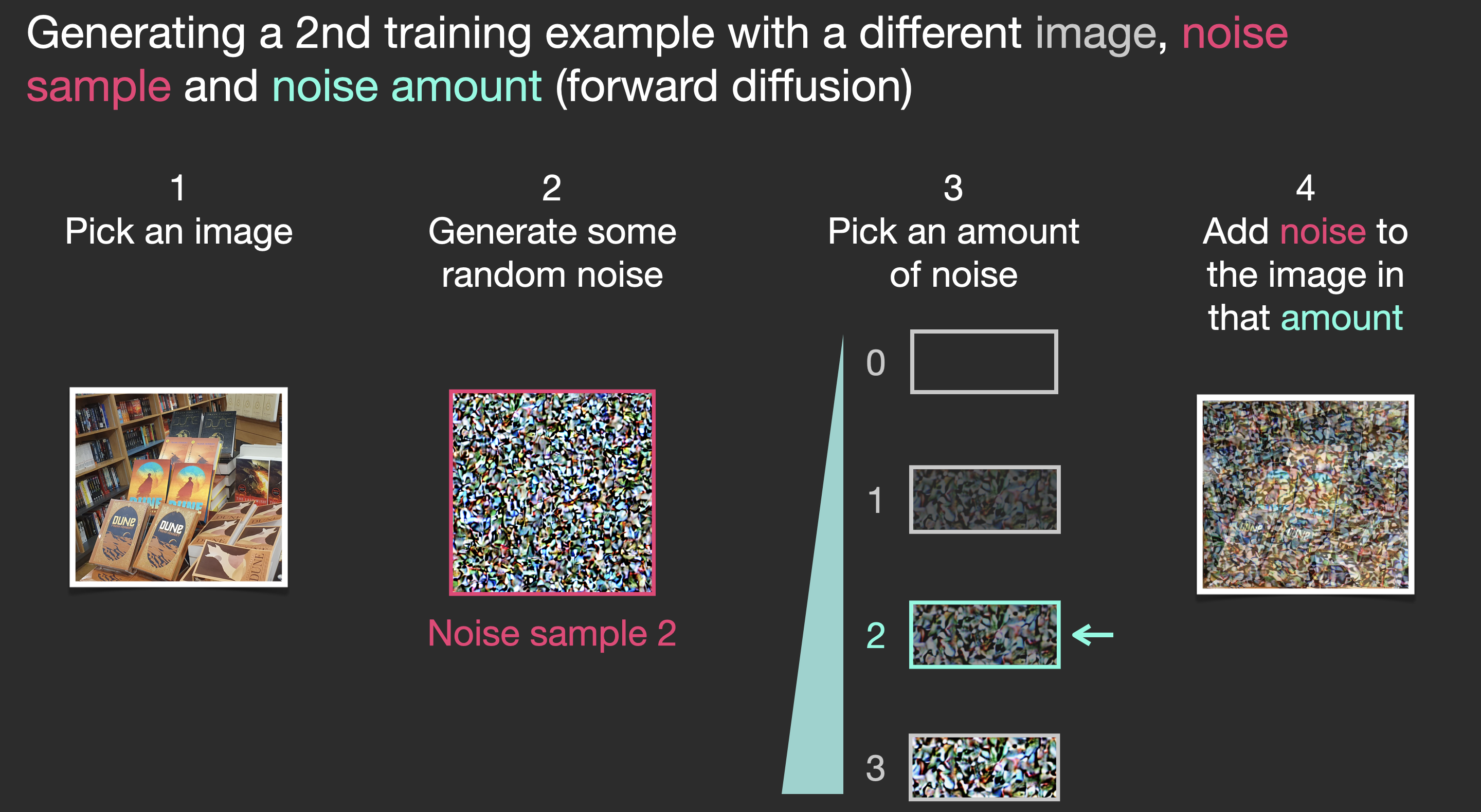
Stable Diffusion is the platform of choice for those who need ultimate flexibility and control. Independent artists and illustrators who have developed a unique style often prefer Stable Diffusion because they can train custom models on their own artwork, essentially creating a personalized AI assistant that understands their aesthetic. This level of customization is simply not possible with closed platforms, making Stable Diffusion indispensable for artists who want to maintain creative ownership while leveraging AI as a tool.
Researchers and developers working on cutting-edge AI applications rely on Stable Diffusion's open-source nature to experiment with novel techniques and architectures. The ability to modify the underlying code, integrate custom samplers, and develop new extensions makes it a powerful platform for innovation. Academic institutions and research labs frequently use Stable Diffusion as a foundation for exploring new frontiers in generative AI, from improving prompt adherence to developing more efficient training methods.
For privacy-conscious users and organizations handling sensitive visual content, Stable Diffusion's ability to run entirely offline is a critical advantage. Medical imaging applications, confidential design work, and any scenario where data cannot leave a secure environment benefit from the local processing capabilities. This also makes Stable Diffusion attractive for users in regions with limited internet connectivity or those who simply prefer not to rely on cloud services.
Community and Support: The Human Element
The strength of a creative platform is not just in its technology but also in the community that surrounds it.
Leonardo AI Community
Leonardo AI has cultivated a welcoming and supportive community that is particularly friendly to newcomers. The platform's official Discord server is active and well-moderated, with dedicated channels for troubleshooting, sharing creations, and discussing techniques. The in-app community gallery serves as both inspiration and education, allowing users to see what prompts and settings others are using to achieve specific results. This transparency accelerates the learning process and helps users quickly develop their skills.
The company behind Leonardo AI also provides comprehensive documentation, video tutorials, and regular updates that introduce new features and improvements. Their customer support team is responsive and helpful, addressing technical issues and feature requests in a timely manner. For users who prefer structured learning, there are numerous third-party courses and YouTube channels dedicated to teaching Leonardo AI techniques, making it easy to find guidance at any skill level.
Stable Diffusion Community
The Stable Diffusion community is vast, diverse, and incredibly innovative. Because the technology is open-source, the community has fragmented into numerous specialized forums, subreddits, and Discord servers, each focusing on different aspects of the technology. The r/StableDiffusion subreddit is one of the largest hubs, with hundreds of thousands of members sharing tips, models, and troubleshooting advice. This decentralized nature means that finding help might require more searching, but the depth of knowledge available is unparalleled.
Community-driven platforms like Civitai have become essential resources for Stable Diffusion users, hosting thousands of custom models, LoRAs (Low-Rank Adaptations), and embeddings that extend the capabilities of the base models. The collaborative spirit of the community means that innovations spread quickly, with new techniques and workflows being documented and shared almost as soon as they are discovered. However, this also means that the quality of information can vary, and users need to develop critical judgment about which sources to trust.
Technical Considerations and Hardware Requirements
Your choice between Leonardo AI and Stable Diffusion may ultimately come down to practical technical considerations.
Leonardo AI: Zero Hardware Barriers
One of Leonardo AI's most significant advantages is that it requires absolutely no specialized hardware. Any device with a modern web browser and a stable internet connection can access the full power of the platform. This means you can generate images on a laptop, tablet, or even a smartphone. The computational heavy lifting is all done on Leonardo's servers, which are equipped with high-end GPUs optimized for AI workloads. This democratizes access to AI art, allowing anyone to participate regardless of their budget for computer hardware.
The downside is that you are entirely dependent on Leonardo's infrastructure and internet connectivity. If the service experiences downtime or if you lose your internet connection, you cannot generate images. Additionally, your generation speed is subject to server load, and during peak times, you might experience slightly longer wait times.
Stable Diffusion: Power at a Price
Running Stable Diffusion locally requires a capable computer, specifically one with a dedicated graphics card (GPU) from NVIDIA or AMD. The minimum recommended specification is a GPU with at least 4GB of VRAM, but for a truly smooth experience with high-resolution images and complex models, 8GB or more is advisable. High-end consumer GPUs like the NVIDIA RTX 4070 or RTX 4080 provide excellent performance, generating images in just a few seconds.
For users without a powerful GPU, there are cloud-based options for running Stable Diffusion, such as Google Colab or RunPod. These services allow you to rent GPU time on a pay-as-you-go basis, providing a middle ground between the convenience of Leonardo AI and the control of a local installation. However, these still require more technical setup than simply logging into a web platform.
The investment in hardware is significant, but it pays dividends for prolific creators. Once you own the hardware, your only ongoing costs are electricity. You can generate thousands of images per day without worrying about token limits or subscription fees. For professional studios and serious hobbyists, this makes Stable Diffusion far more economical in the long run.
The Future of AI Image Generation
Both Leonardo AI and Stable Diffusion are at the forefront of a rapidly evolving field. As AI technology continues to advance, we can expect both platforms to introduce new features and capabilities that further blur the lines between human and machine creativity.
Leonardo AI is likely to continue refining its user experience, adding more specialized models, and integrating additional creative tools. The company's focus on accessibility and professional workflows suggests that future updates will prioritize features that save time and improve consistency. We may see deeper integration with design software, more advanced video generation capabilities, and enhanced collaboration tools for teams.
Stable Diffusion's future is inherently more unpredictable due to its open-source nature, but that is also its strength. The community will continue to push the boundaries of what is possible, developing new architectures, training methods, and applications. The recent release of Stable Diffusion 3.5 demonstrates the ongoing commitment to improving the core technology, with better prompt adherence, higher quality outputs, and more efficient processing. As the ecosystem matures, we can expect better documentation, more user-friendly interfaces, and a wider array of pre-trained models for every conceivable style and use case.
Regardless of which platform you choose, one thing is certain: AI image generation is here to stay, and it will continue to transform the creative landscape in ways we are only beginning to understand.
Conclusion: Which AI Art Generator is Right for You?
So, in the battle of Leonardo AI vs Stable Diffusion, who comes out on top? The answer, unsatisfying as it may be, is: it depends entirely on you.
Choose Leonardo AI if:
•You are a beginner or value ease of use above all else.
•You want a fast, streamlined workflow without technical hassles.
•You prefer a web-based platform that you can access from any device.
•You need a suite of integrated tools, including video generation.
•You are a professional designer who needs to produce high-quality results quickly and reliably.
Choose Stable Diffusion if:
•You are a technical user, developer, or hobbyist who loves to tinker.
•You want complete control and customization over the generation process.
•You need to run the software locally for privacy or offline access.
•You want to train your own models with no restrictions.
•You have a powerful GPU and want to avoid recurring subscription fees.
Ultimately, Leonardo AI and Stable Diffusion represent two different philosophies in the world of AI art. Leonardo AI is a polished product, offering a curated and accessible experience. Stable Diffusion is a raw, powerful tool, offering limitless freedom to those with the technical skills to wield it. The best way to decide is to try both. Take advantage of Leonardo AI's free tier to get a feel for its workflow, and if you have the hardware, dive into the world of Stable Diffusion. Whichever path you choose, you are stepping into an exciting new frontier of creative possibility.
